Viewing Section 1 of 9
1. Blueberry Management Schedule
Print this section
Blueberry Management Schedule
This section was updated - 20 June 2021
The following is a general guide to blueberry management based upon plant and pest development. The suggested timing will vary according to blueberry variety, weather and location. The actions are for established plantings except where otherwise noted.
| Timing | Type of Action | Action |
|
JANUARY / FEBRUARY Plants dormant 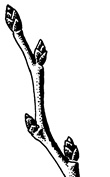 |
Plant Care |
|
| Disease Control |
|
|
| Insect Control |
|
|
| Weed Control |
|
|
| Other |
|
|
|
MARCH Buds start to swell  |
Plant Care |
|
| Disease Control |
|
|
| Soil Care |
|
|
| Weed Control |
|
|
| Food Safety |
|
|
|
LATE MARCH TO LATE APRIL Leaf and flower bud break 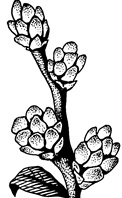 |
Plant Care |
|
| Disease Control |
|
|
| Insect Control |
|
|
| Weed Control |
|
|
| Other Pests |
|
|
| Soil Care |
|
|
|
LATE APRIL/MAY Blossoming 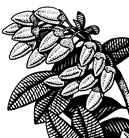 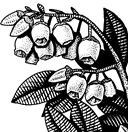 |
Plant Care |
|
| Disease Control |
|
|
| Insect Control |
|
|
| Weed Control |
|
|
| Soil Care |
|
|
| Food Safety |
|
|
|
JUNE Fruit development 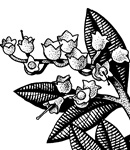 |
Plant Care |
|
| Disease Control |
|
|
| Insect Control |
|
|
| Weed Control |
|
|
| Other Pests |
|
|
| Soil Care |
|
|
| Food Safety |
|
|
|
JULY Fruit development and ripening 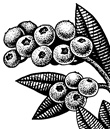 |
Plant Care |
|
| Disease Control |
|
|
| Insect Control |
|
|
| Other Pests |
|
|
|
JULY - SEPTEMBER Harvesting 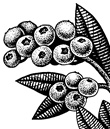 |
Plant Care |
|
| Disease Control |
|
|
| Insect Control |
|
|
| Other Pests |
|
|
| Soil Care |
|
|
|
SEPTEMBER Post harvest growth |
Plant Care |
|
| Disease Control |
|
|
| Insect Control |
|
|
| Other Pests |
|
|
| Soil Care |
|
|
|
OCTOBER Post harvest growth |
Plant Care |
|
| Disease Control |
|
|
| Other Pests |
|
|
| Soil Care |
|
|
| Weed Control |
|
|
| Other |
|
|
|
NOVEMBER / DECEMBER Plants dormant |
Plant Care |
|
| Weed Control |
|
|
| Other Pests |
|
|
Viewing Section 1 of 9
1. Blueberry Management Schedule





